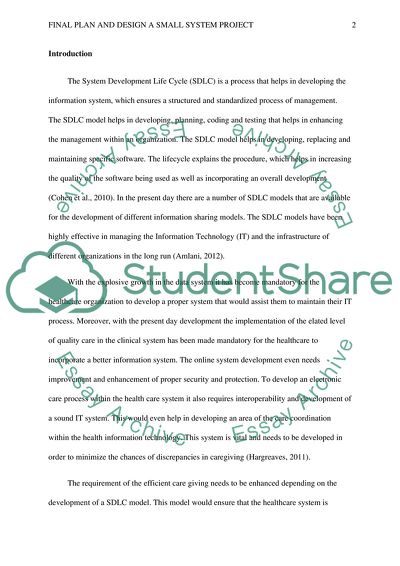Cite this document
(Plan and Design of a Small System for Healthcare Facilities Research Paper, n.d.)
Plan and Design of a Small System for Healthcare Facilities Research Paper. Retrieved from https://studentshare.org/information-technology/1840487-final-plan-and-design-a-small-system-project
Plan and Design of a Small System for Healthcare Facilities Research Paper. Retrieved from https://studentshare.org/information-technology/1840487-final-plan-and-design-a-small-system-project
(Plan and Design of a Small System for Healthcare Facilities Research Paper)
Plan and Design of a Small System for Healthcare Facilities Research Paper. https://studentshare.org/information-technology/1840487-final-plan-and-design-a-small-system-project.
Plan and Design of a Small System for Healthcare Facilities Research Paper. https://studentshare.org/information-technology/1840487-final-plan-and-design-a-small-system-project.
“Plan and Design of a Small System for Healthcare Facilities Research Paper”, n.d. https://studentshare.org/information-technology/1840487-final-plan-and-design-a-small-system-project.


